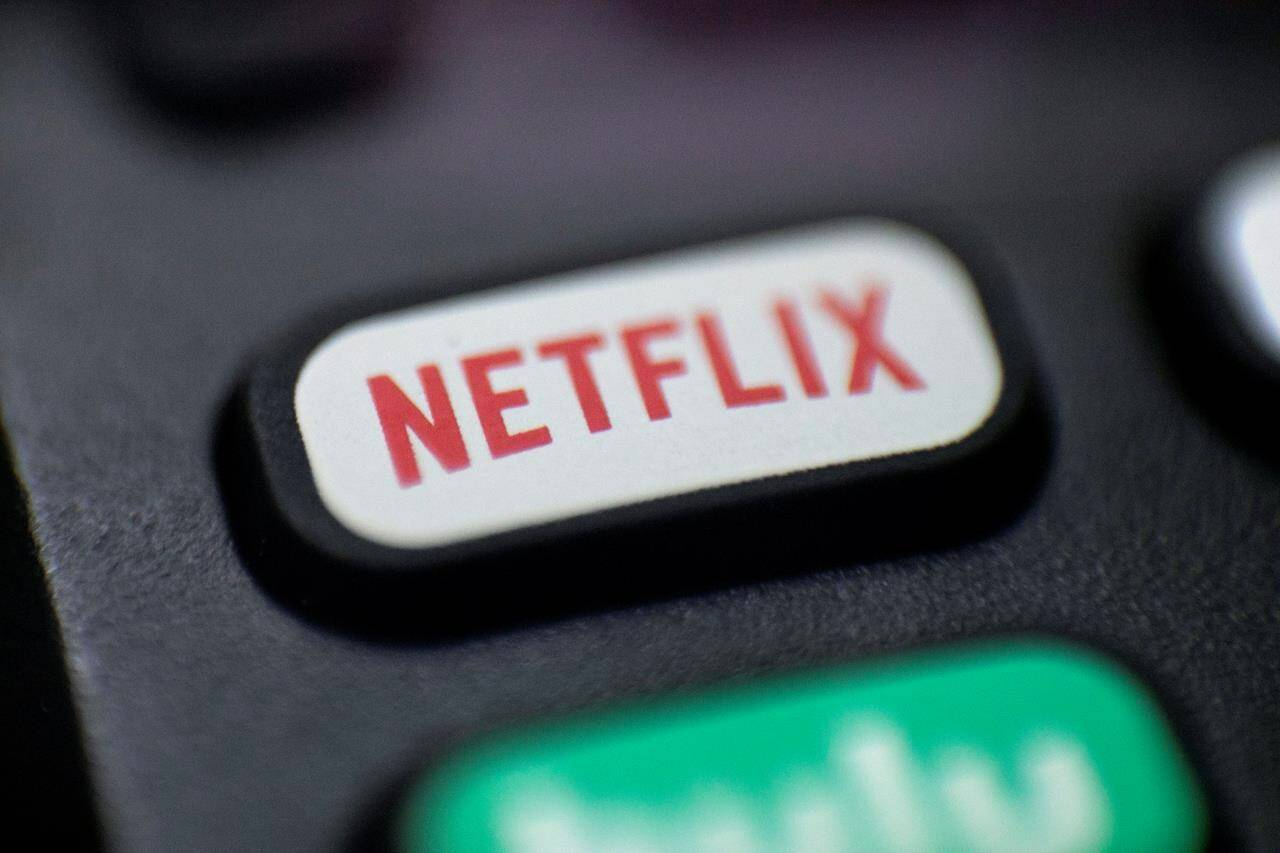Another year, another Netflix price increase.
At least that’s how it might feel for Canadians after the global streaming platform announced last week it’s once again inching up the cost of its most popular subscription packages by a dollar or two per month.
On Friday, Netflix said the price of its standard plan, which includes high-definition video and two simultaneous streams, will rise $1.50 to $16.49 per month, while the premium package, with Ultra HD access and four streams, is going up $2 to $20.99.
The basic plan with standard definition video remains unchanged at $9.99.
While Netflix isn’t the only streaming giant to hike prices, it’s done so the most frequently, which leads London, Ont.-based analyst Carmi Levy to wonder if the company is testing how much more it can charge.
“The era of cheap streaming is drawing to an end,” he said.
“We can expect to see continued behaviour like this – small, fairly frequent increases – as Netflix tries to feel out in an experimental manner just how much resistance consumers have to price increases.”
Netflix last raised its Canadian prices in October 2020, boosting the standard plan by $1 and the premium plan by $2. However, subscribers felt an extra pinch last year when the company added GST or HST charges to its bills on Canada Day.
Other streaming companies have jacked up prices during the pandemic, too.
Disney Plus added another $3 to customers’ bills last year as it introduced more programming for grown-ups through a section of the service dubbed Star, while Bell Media’s Crave divided its packages differently to introduce a $9.99 mobile-only option or $19.99 streaming on any device.
Levy suggested no matter which platform boosts its price, the move itself is bound to have ripple effects across all services.
“Consumers are going to be looking at their streaming budgets and asking themselves why they’ve committed to more than one service,” he said.
For years, analysts have suggested that most households are willing to shoulder the costs of up to three streaming platforms. During the COVID-19 pandemic, the industry seemed to be in a cost-cutting safe zone as Canadians were left with fewer entertainment options during lockdown.
However, a recent Bank of Canada survey found consumers appear more concerned about inflation now than at any other time in the pandemic, which could tighten their discretionary spending budgets on non-essential items, such as streaming packages, which they can cancel with the click of a button.
Richard Lachman, an associate professor at Ryerson University who studies digital content, said each dollar added to monthly bills pushes streaming companies closer to pricing themselves out of some households.
“You’re paying for high-speed internet that’s fast enough for the kids to be on school, and you to be on meetings … plus your cellphone bill – the costs of what are now basic services are higher than you used to pay just for a cable bill,” Lachman said.
Lachman said he’s seeing more customers talk about “fine-tuning” how they subscribe to Netflix, Apple TV and Amazon Prime Video, in which they pay for a month or two to binge their favourite show, and then cancel the service.
“The push towards subscription models is to make us forget how much we’re paying and just count on it, like a utility,” he added.
“Every time they remind us (with a price increase) it reminds us to double check how much we’re paying.”
—David Friend, The Canadian Press
RELATED: Netflix enlists Nanaimo man to recreate ‘Stranger Things’ scenes with vintage toys
RELATED: Netflix map marks Greater Victoria sites where Maid was filmed

